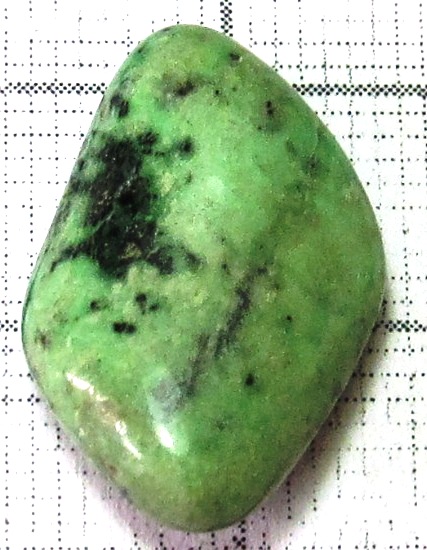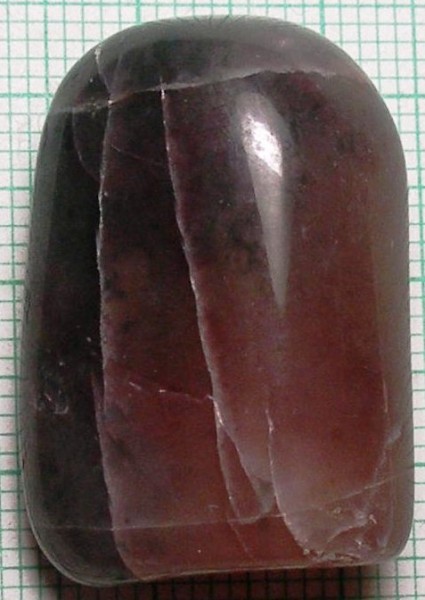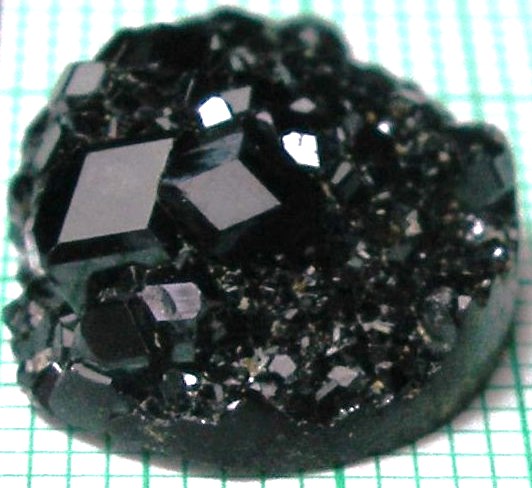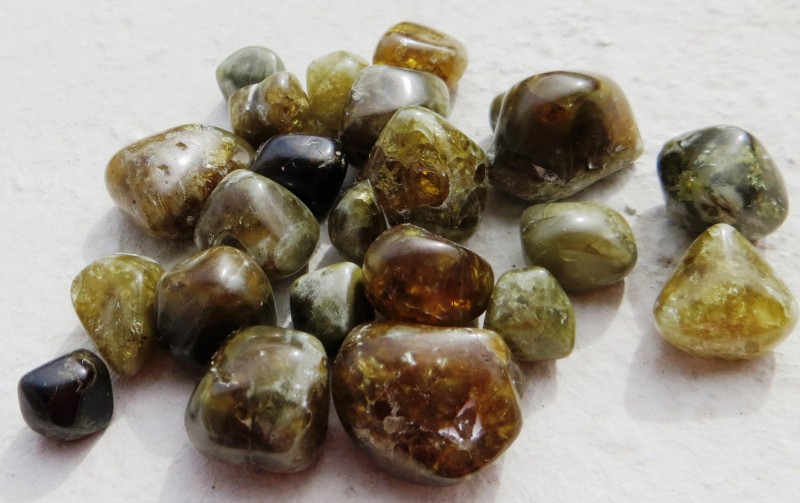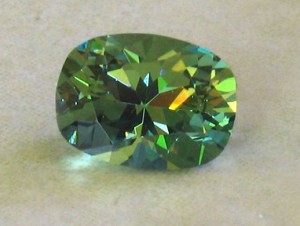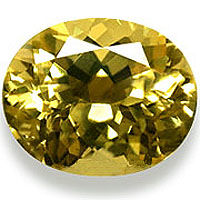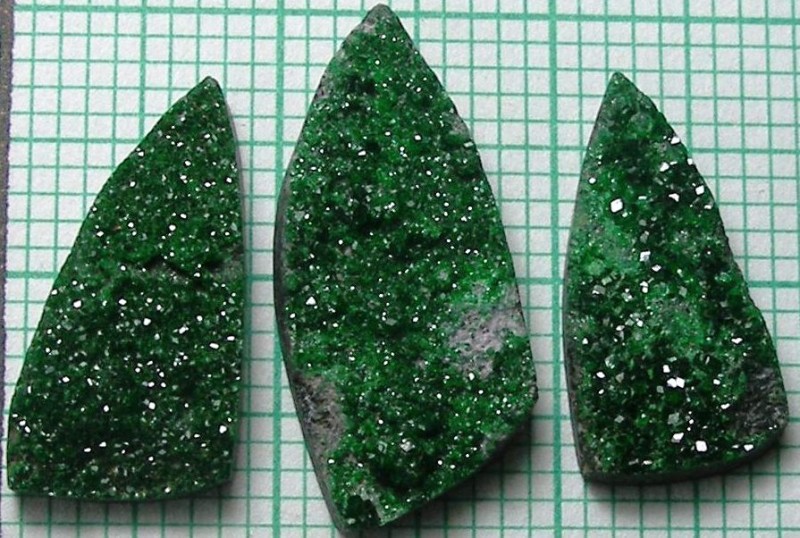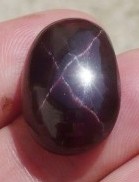Present Jewelery Stones - Part 2 (Tourmalines and Grenades)
(Pavla and Jan Čepelíkov, 24.9.2013)
Resistance of stones
In the last episode, we did not mention the strain of the stones in each piece of jewelery, so we have to fix it ![]() it is very important for the use of stones, and it is often underestimated today. To avoid possible complaints or unpleasant surprises from stone damage, we recommend that you understand that:
it is very important for the use of stones, and it is often underestimated today. To avoid possible complaints or unpleasant surprises from stone damage, we recommend that you understand that:
Most of the stones are strained in rings for daily wear and in bracelets. Harder stones should always be used here, at least 7 hardness. it is both soft and brittle, so it threatens to burst, and it always loses its shine after a certain time. If you want to use the more fragile or softer stone in the jewelry, you can help him with a higher bet when the stone is so “protected”. Bracelets are risky because we often get stuck with them or knock on the table top, and the fragile stone can easily come to harm them. The customer is then upset and disappointed that the jewelry has nothing (and basically right).
Another "danger" for the stone is the so-called very long necklace curtains, extending to the solar plexus and below, (bellybutton length), when you sit down and lean forward slightly, the stone swings and hits the table edge to make the table metal or stone, and damage is in the world.
Fortunately, earrings, clasps and necklaces of ordinary lengths are among those jewelry, where the creator can even afford soft minerals, and this opens up a wide path to modern and atypical jewelery.
—————————————————————————————————-
Today we will focus on gems that are not only hard enough but very popular in our country as well. Tourmalines and shells.
Tourmalines
Tourmalines are among the most precious gemstones for their beautiful crystal shapes, hardness and also colorful colors. Today, most of them come from Afghanistan, Pakistan and Brazil, less from the US and Russia. FROMMozambique and Madagascar are mainly driven by several colored zonal (= striped) tourmalines. As with berylli, raw crystals are often embedded in the jewelery, beautiful in itself and without modification.
You can also see them polished into the usually higher mugli (cabochons), where their depth and color stand out, the smaller ones are mostly facetted.
For zonal tourmalines, inserts are cut to show strips of individual colors.
A lot of tourmalines have the effect of a cat eye caused by fibers of other minerals, this effect will only stand out on the rounded cabochon.
Interestingly, tourmalines have their own slight electrostatic charge and thus attract dust. Tourmalines are medium hard gems (7 - 7.5), so they are great for rings and bracelets. In addition to scorching - black non-precious stones, they are more expensive gemstones (depending on their quality and color). Red tourmalines-rubelites, you can find in Czech crown jewels, they were mistakenly mistaken for spinels, but it turned out to be a mistake ![]()
The variety of Tourmalines is quite a lot. They differ according to composition, because sometimes a stone of similar appearance has a different chemical composition and it is a different variety. In jewelery, lithium-containing tourmalines are most commonly used, called Elbaity, according to the site of the Elba Island. They are beautifully colored and have a huge charm.
The Elbaites are then divided by color into:
Rubelite - pink and red form mostly have both colors in different directions
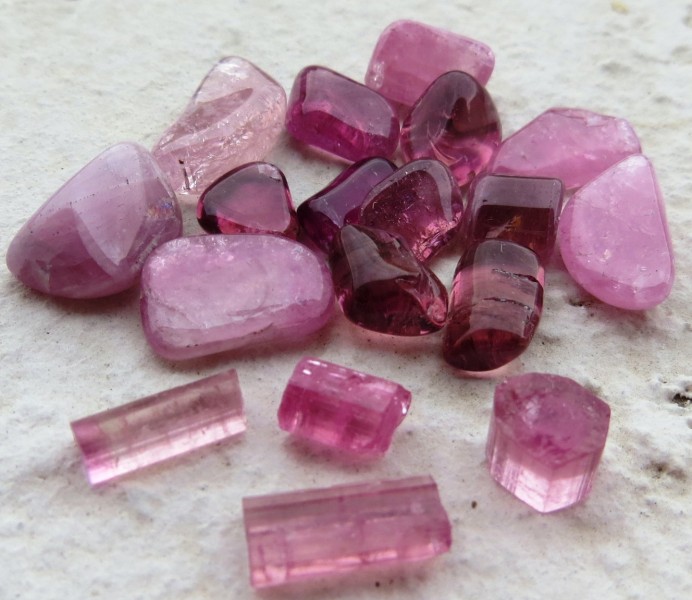
src = "/ userfiles / Image / web / article-tourmaline / rubelite necklace for movable.jpg" style = "width: 370px; height: 250px;" title = "rubelite necklace for movable" />
Verdelite - Green and yellow-green form
Indigolite - kerosene blue (rather blue-green) form
Achroit - colorless tourmaline
Paraiba - tourmaline (Elbait with copper content) - a stone of bright neon blue to blue-green in a single area in Brazil. Very beautiful and of course very expensive.
(photo source internet)
Tsilaisit - Mn-tourmaline (Elbait with manganese admixture the last article of the tourmaline group) is spicy that actually pure manganese tourmaline has never been found, and so in 2006 he was denied it, and in 2011 they changed their minds and Tsilaisit again officially approved it as tourmaline with at least a majority of manganese. Its name is derived from the Malagasy site of Tsilaizina from where the stones are now taken.
(Photo Source Internet)
Other Elbaites with no single name - mostly yellow, orange and rarely violet
Also popular is the so-called Watermelon Tourmaline - a green-pink version consisting of a combination of rubelite and verdelite, but there are other color combinations
Other tourmalines:
Chromturmaline (elbait or chewing with chromium) - is a deep emerald green version of tourmaline, can be yellow-green, is rarer than "ordinary" verdelite and its color is more pronounced.
Dravit - is brown, cognac-brown, brown-green to almost black (generally dark autumn colors) (Nepal, Tanzania, Namibia)
from Nepal, amazing cabochons of yellow predators now appear with cat eyes that look like chrysoberyl, but unlike this mythical stone, they are much more affordable.
Uvite - yellow-green tourmaline (Brazil, Sri Lanka) is very rare and we will not meet it very much.
Photo source internet
Skoryl - black (non-gemstone) variety of tourmaline, abundantly found also in the Czech Republic - free smaller nicely shiny crystals are used for jewelry especially raw. The polished are very shiny and, of course, dark black. They also form beautiful rod-shaped inclusions in the so-called tourmaline quartz (usually crystal or smoky) most often from Brazil
Grenades
Grenades form a relatively large group of stones. They have a beautiful spherical crystal, which looks a bit refined. Surprisingly, they don't just have a red color. Their color range is warm and earthy (clear, yellow, yellow-green, green, green-brown, brown, brown-orange, orange-red, red, purple, red-purple, red-black, and black). Grenades as you see are not only blue, of course except for a rare exception, which is a newly rarely found blue garnet from Madagascar, whose color is still rather blue-green-kerosene). I have the impression that in Madagascar gemstones have everything but the most beautiful.
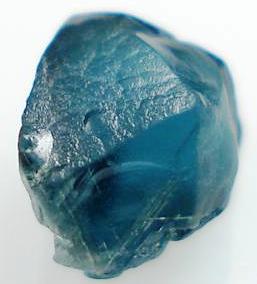 title = "blue garnet" />
title = "blue garnet" /> Blue grenade, internet source (this miniature 5mm fun costs around 11,000 crowns in the world!)
As far as grenades are concerned, they are mostly smaller stones. With larger pieces (up to 2cm) you can meet with almandine, hessonite, general grosulár, rodolite, and spessartin, the larger quality pieces are then also in these rarities. Other grenades are even smaller, for example, grinded uvarovit above 3 mm is a rarity. The hardness of the grenades is between 6.5 - 7, so they are not ideally suited to the daily wear rings because they are softer than ordinary dust containing quartz with a hardness of 7 (which just causes wear) but it is true that it takes several years before any minor wear on the stone becomes apparent. In particular, all shades of bright, bright colors are prized in the world. For example, our Czech garnet would certainly not succeed in itself in the USA (however, this does not apply to typically Czech garnet jewelry, which is a popular souvenir).
The grenade varieties are:
• Pyrope - a red and orange version, a chromium-containing pyrope variety is known as the Czech garnet (now a trademark). In the Czech Republic, a deposit in the Pansy pits in Podsedice with limited production and a deposit in Dolní Olešnice - Vestřev is opened on the chrompyrop. The existing pyrope deposit in Horní Olešnice has forbidden mining due to the resistance of civic initiatives. The stones mined in the Czech Republic are tiny (already 8 mm is scarce) and there are not many of them, so today limited production is replaced by imports from Tanzania and Mongolia. Beautiful red-orange pyropes are found in South Africa and Russia as a byproduct of diamond mining.
• Rhodolite (rhodolite) - red, purple, and pink garnets (pink-purple, pale stones, most popular in the world, and highly prized) - known mainly for Tanzanian pieces and Sri Lanka. With us in goldsmiths where mainly almandine and synthetic cubic zirconia (oh yeah) are unfortunately not met with them, but if you have the opportunity to visit a luxury jewelery business abroad or a foreign stock exchange, be sure to have some deep purple and yet a dark or faded handsome will find.
• Almandine - purple color garnet is often mixed with a pyrope called Pyralmandin, then has red, reddish-brown and red-purple color - known are Indian and Tanzanian stones. Almandine is a derangement derived from the name of Alabanda, which is the Greek city where the Almandines were found. You can find Pyralmandines from Tanzania in Czech garnet jewelery most often as a larger central stone (because the real Bohemian garnet does not reach such a size), and often they are the other stones. in jewelery ![]() because the right pyrope is a real shortcoming. However, we do not want to say that there is something wrong with almandins or false ones, they are beautiful and very pleasant stones, and the Czech garnet jewelry is mainly a special way of processing. Incidentally, it is actually a genius of virtue in need, because tiny pyropes are themselves rather dark. That is why our ancestors started to grind them into the so-called pipe (a hill with a flat bottom and a faceted tip), then the grenades were placed in a bed, which de facto served as a mirror and the stone lightened up, then the beautiful glittering effect was created and the popular jewel of our grandmothers was created. In this way it was possible to make a beautiful treatment of a stone that would not otherwise survive in the world because of its darkness and small size. Now, the larger Czech garnet is scarce, but the demand, especially from foreigners, is great, so it was necessary to find an adequate replacement, which almandins are undoubtedly.
because the right pyrope is a real shortcoming. However, we do not want to say that there is something wrong with almandins or false ones, they are beautiful and very pleasant stones, and the Czech garnet jewelry is mainly a special way of processing. Incidentally, it is actually a genius of virtue in need, because tiny pyropes are themselves rather dark. That is why our ancestors started to grind them into the so-called pipe (a hill with a flat bottom and a faceted tip), then the grenades were placed in a bed, which de facto served as a mirror and the stone lightened up, then the beautiful glittering effect was created and the popular jewel of our grandmothers was created. In this way it was possible to make a beautiful treatment of a stone that would not otherwise survive in the world because of its darkness and small size. Now, the larger Czech garnet is scarce, but the demand, especially from foreigners, is great, so it was necessary to find an adequate replacement, which almandins are undoubtedly.
• Spessartin (mandarin garnet) - yellow-orange color, very beautiful shining garnet, is named after the German site Spessart, but is located in many other places (India, Tanzania, USA, Afghanistan and others) its most valuable yellow-orange version is called Mandarin Garnet, comes from from Madagascar and, in addition to the sumptuous color, also an astronomical price.
• Umbalite (Malaia, Malaya, read Malya) - pink-orange and orange-brown (Tanzania Umba locality), its name literally means "Whore" because stone finders often thought they had a more expensive spinel and only after refinement and re-measurement was found that it is "just a grenade". After a while, analyzes have shown that it is a very special grenade, and today its price is often far higher than that ofSpinel of similar color, Malaya (Umbalit) today is a rarity of collectors, especially when Umba is already mined.
• Grosular - green, yellow and brown, the most beautiful of Mali under the name Maligrosular, a lot of glitter, and abroad are highly valued. His name is from the word Grossilaria, which is gooseberry, and it really fits.
• Tsavorite (chromium-colored with chromium) - has a sumptuous emerald green color (Mali, Tanzania, Kenya). Named after Tsavo National Park in Kenya. It is a sad history, and in 1967 it was discovered by Dr. Campbell R. Bridges, a geologist in Tanzania, who, when he saw its rich color and great purity, asked the government to export. She was rejected, and because he was a geologist, he suspected that this deposit was continuing to other countries and succeeded in Kenya. However, in 2009 he was probably murdered with his son because of a three-year dispute over the management of the deposit. The Tsavority for the Jewelery World is Famous for Tiffany and Co. And her president gave him a name. In 1974, the company made a big campaign for Tsavority, and they have been in demand ever since ; jewels of the worldwide dump.
• Hessonite - beautiful orange, orange-red and orange-brown garnets, (Tanzania, Czech Republic Jeseníky). Hessonon was named after the Greek word hesson, meaning something inferior or inferior. The reason was that it was softer, less dense than other grenades and had a natural haze. But it is sad because it can be very beautiful, even luxurious.
• Leukocrate Garnet - is a colorless grosular from Tanzania
• Hydrogrosular (trade name Transvaal Jade or Pink Jade) - has green and pink color (South Africa is green with chromium and pink with manganese)
Andradit has a black variety of Melanit (Russia), or is a milky-yellow common andradite (Russia)
and bright green is Demantoit (Russia, Canada, Madagascar) and
lemon yellow variety Topazolit (Madagascar)
• in Tenkawa in Japan, Nara has andradity rainbow effect only on the surface of crystals.
• Uvarovit is a grenade of deep green-green color (Russia), mostly small, very shimmering crystals on the cracks and cuts and grinds into the plates (pad with crystals), very! rarely a larger crystal is found. It was named after Russian statesman Uvar, who was an amateur miner collector.
Interestingly, the so-called barrel-shaped garnets (mostly vanadium-containing) - which are extremely rare and have sunlight of yellow, brown and green color, turning violet, red and bright orange under the artificial light of the 5500 K (today most of from Madagascar, Mozambique and Sri Lanka)
Sometimes they have garnets and asterism according to the direction of the crystal's orientationthey are four-pointed or six-pointed stars, mostly stars appear on almandines and pyralmandines from India, Tanzania and Sri Lanka.
It should be noted that lasers are produced in laboratories that do not exist in nature. These are Galium-gadolinium garnet, aluminum-yttrium garnet (YAG). These garnets are sometimes used in jewelry similarly to artificial cubic zirconia.
————————————————————————————-
Next time: Jewelery Stones of the Present - Part 3
In this work we will learn two other groups of stones
Feldspars (solar stone, lunar stone, labradorite, amazonite, orthoclase)
Quartzite (crystal, smoky quartz, citrine, amethyst, pig, blue quartz, morion, rose quartz and ametrin)
Pavel and Jan Čepelíkov, 24.9. 2013



 (0) - 0,-
(0) - 0,-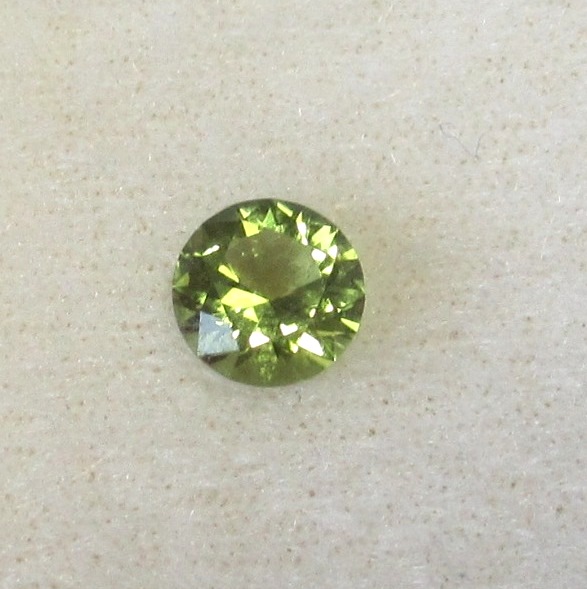
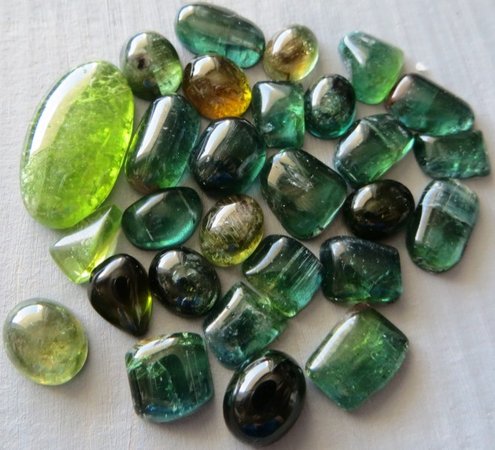


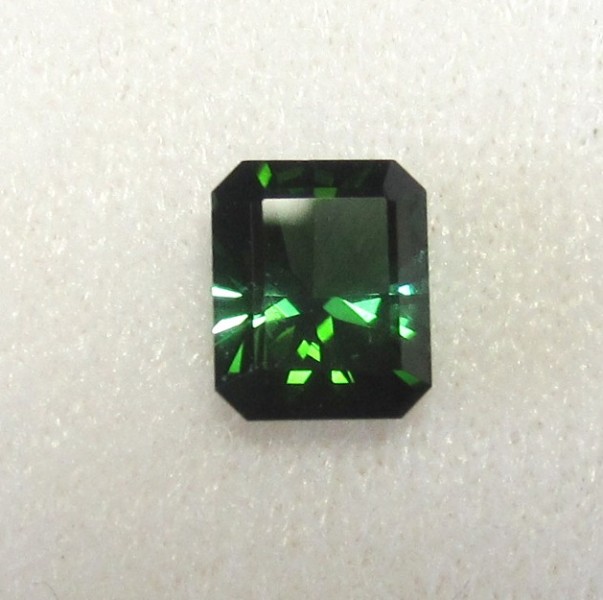
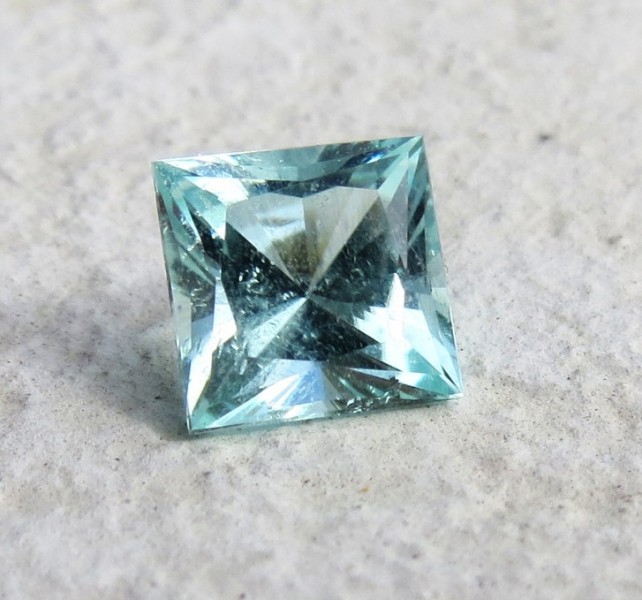
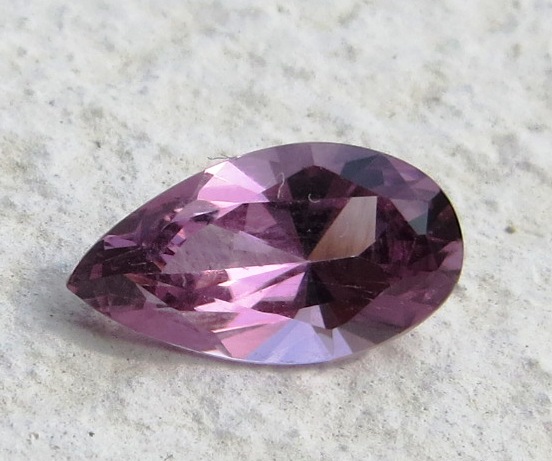
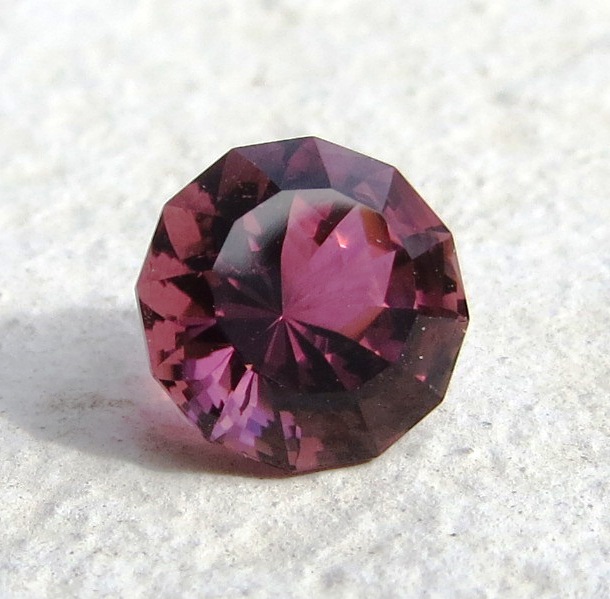
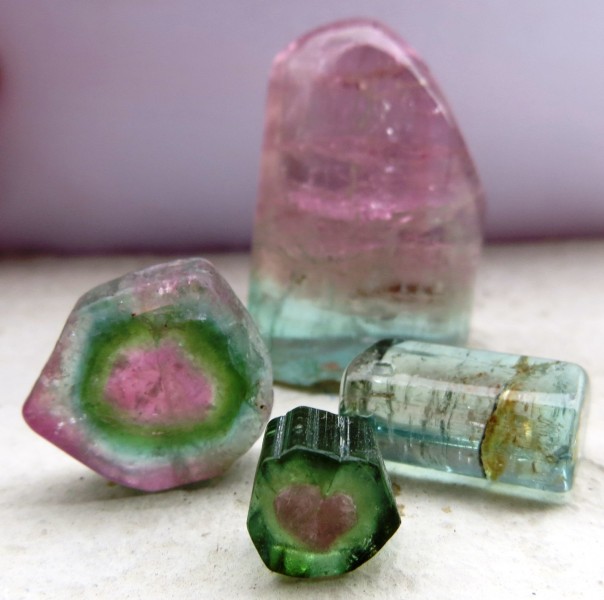
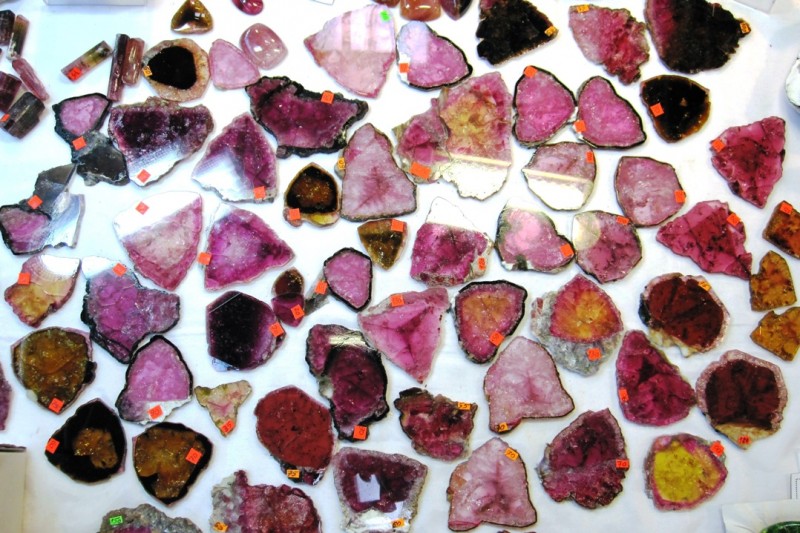
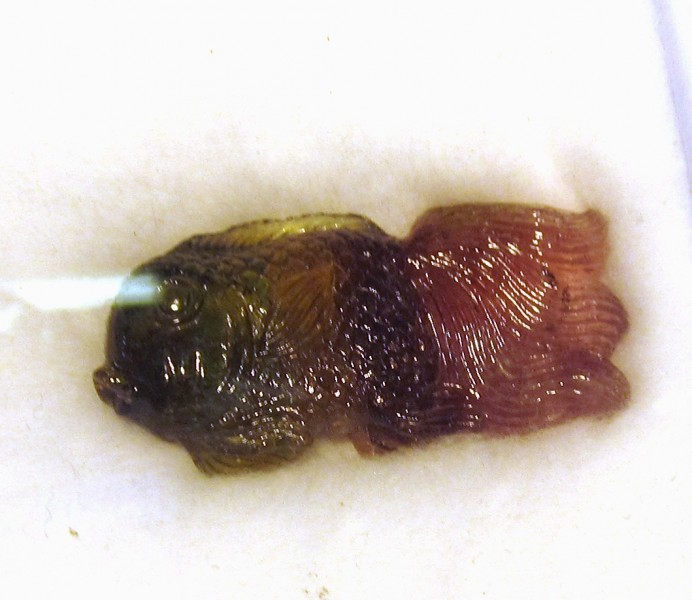

.jpg)
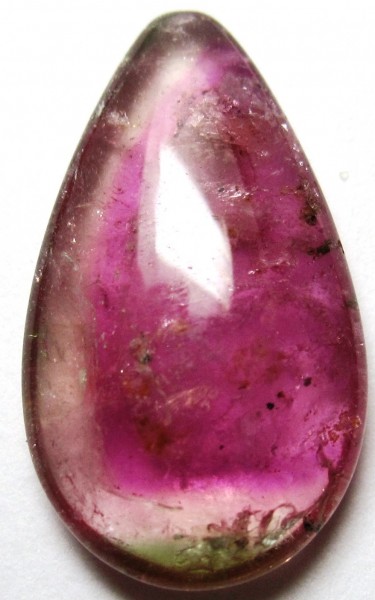
.jpg)
.jpg)
.jpg)
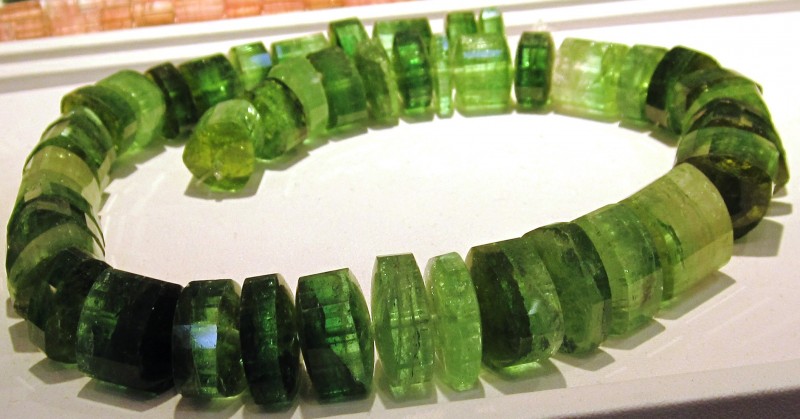

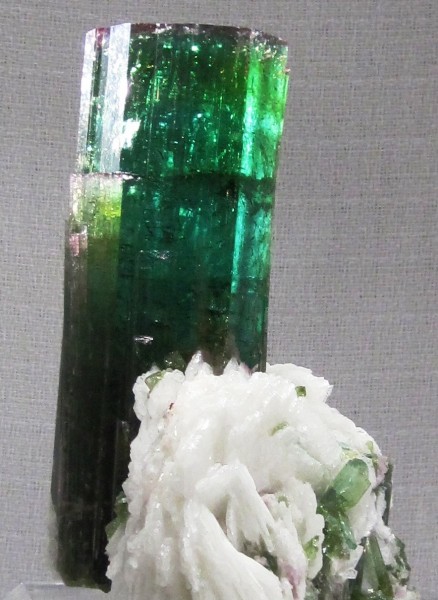
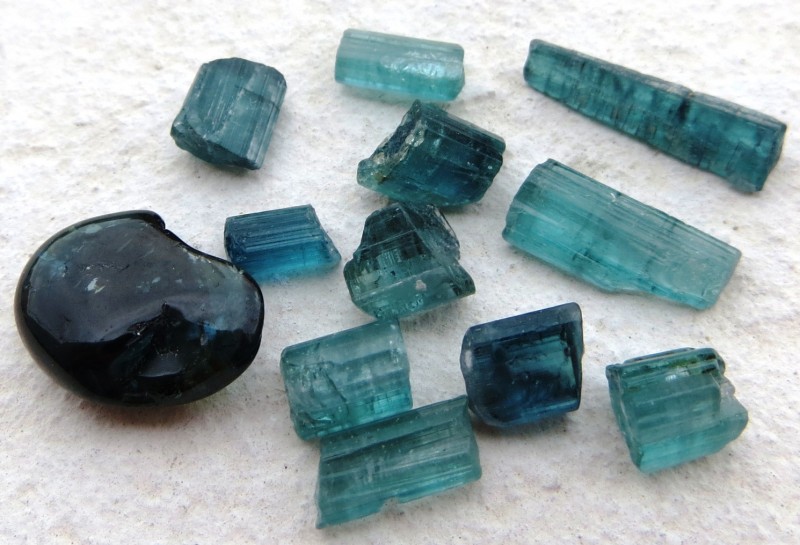
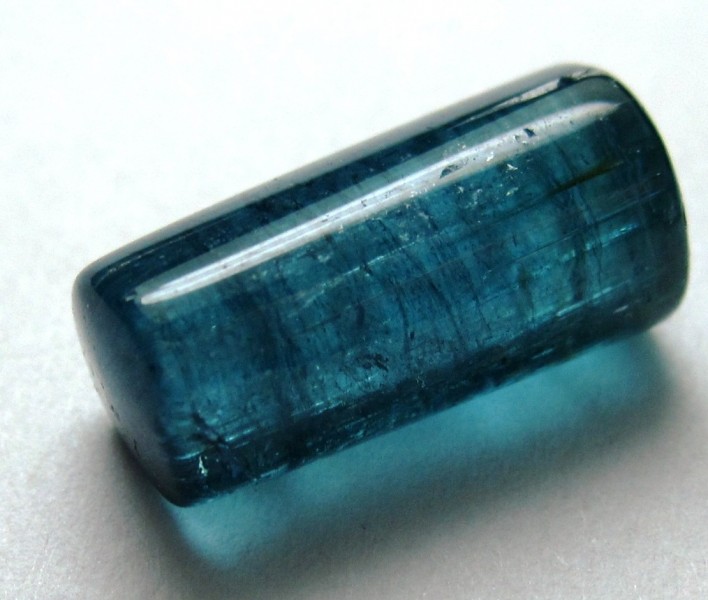
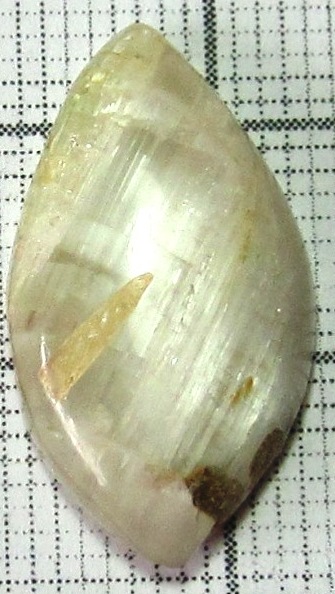
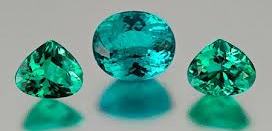
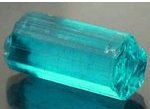
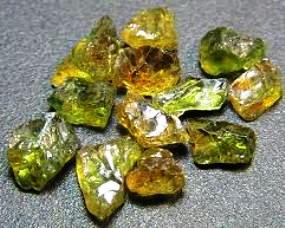
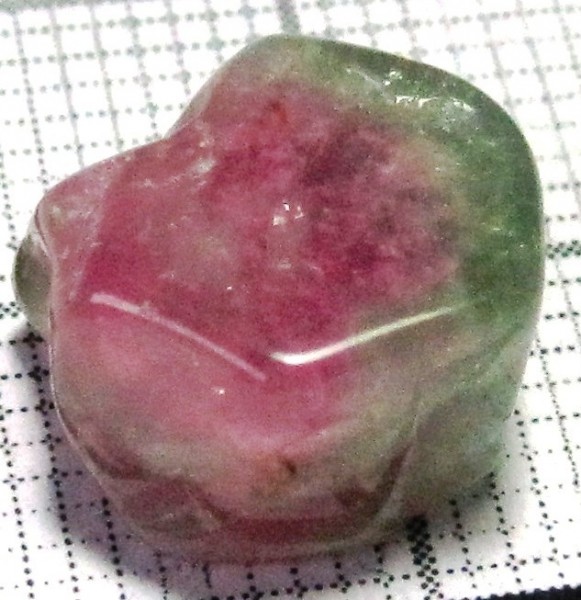
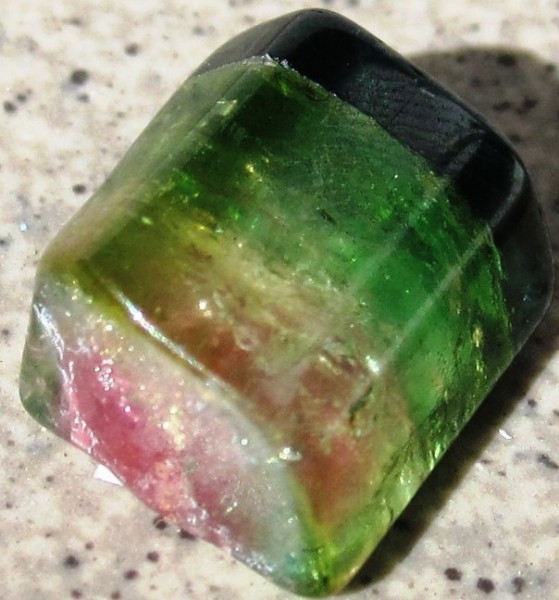
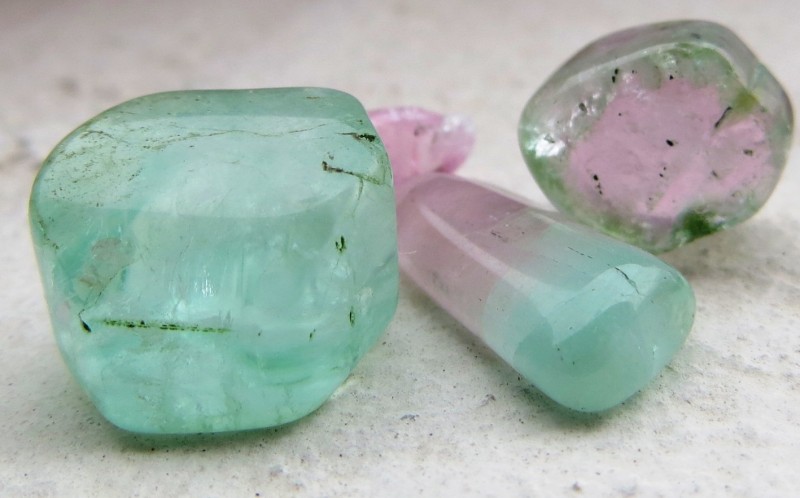
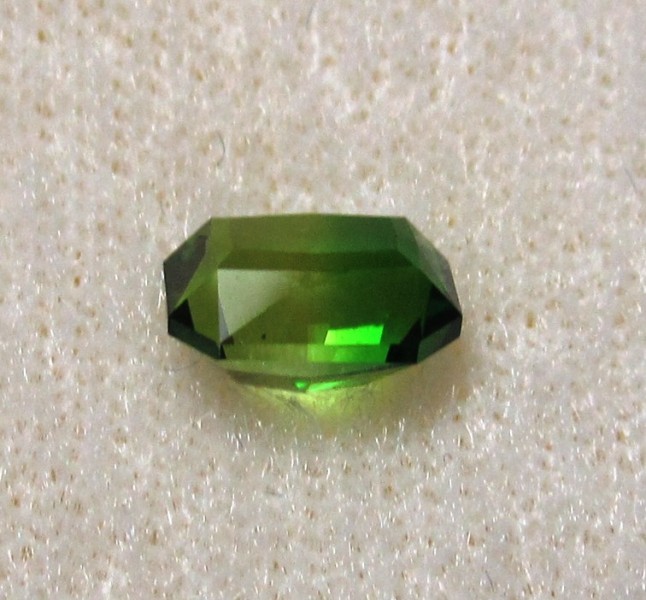
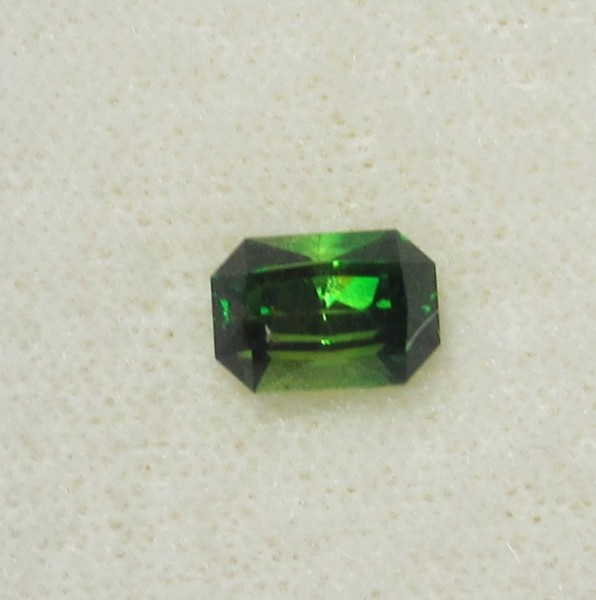
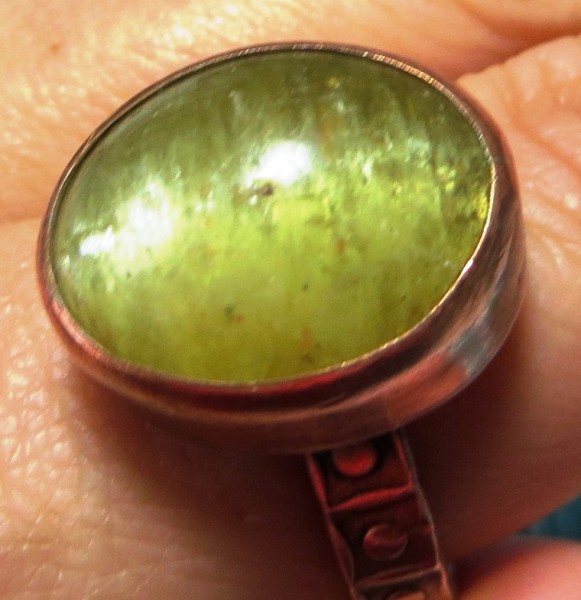
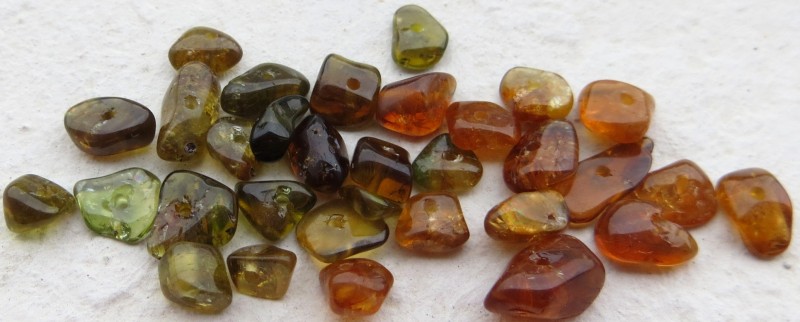
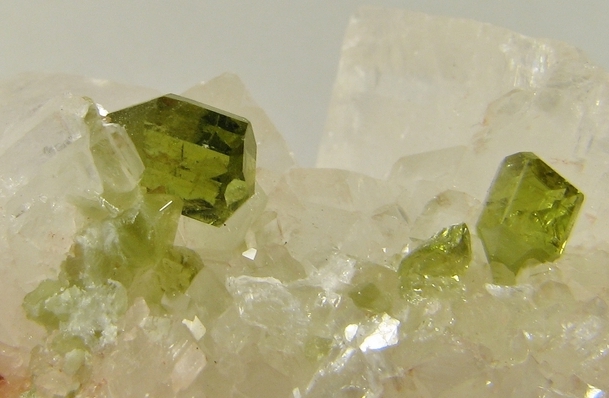
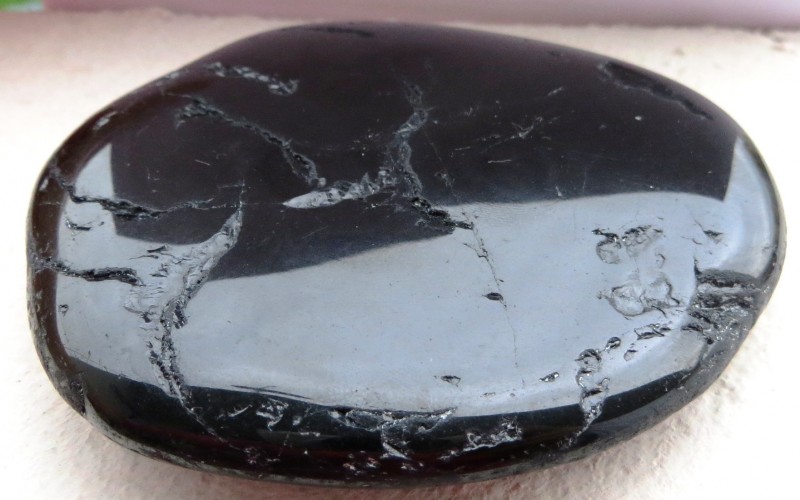
.jpg)
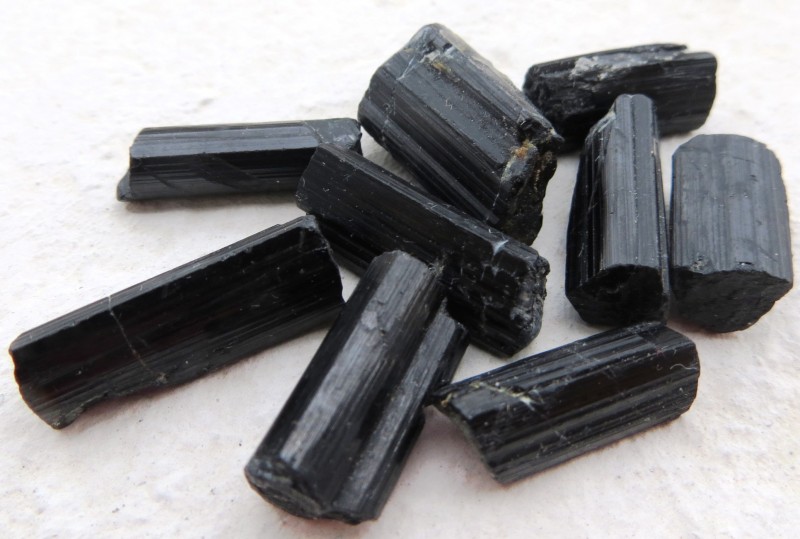
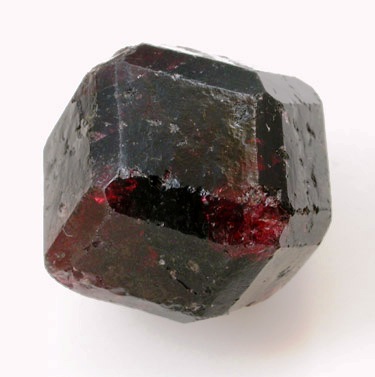
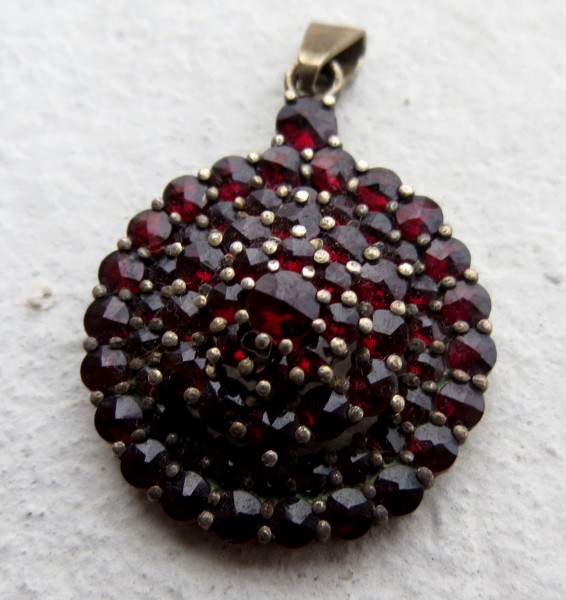
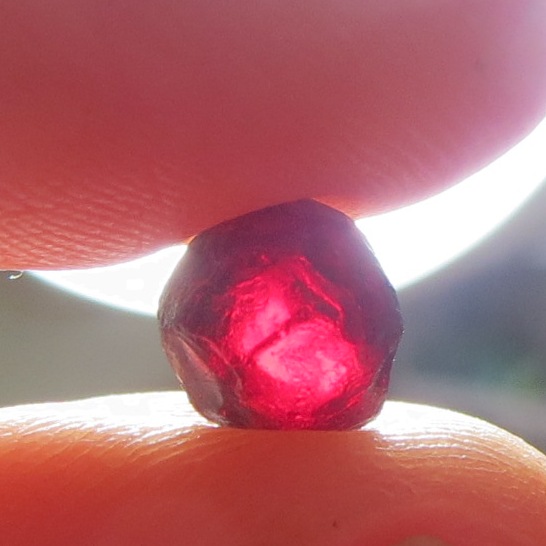
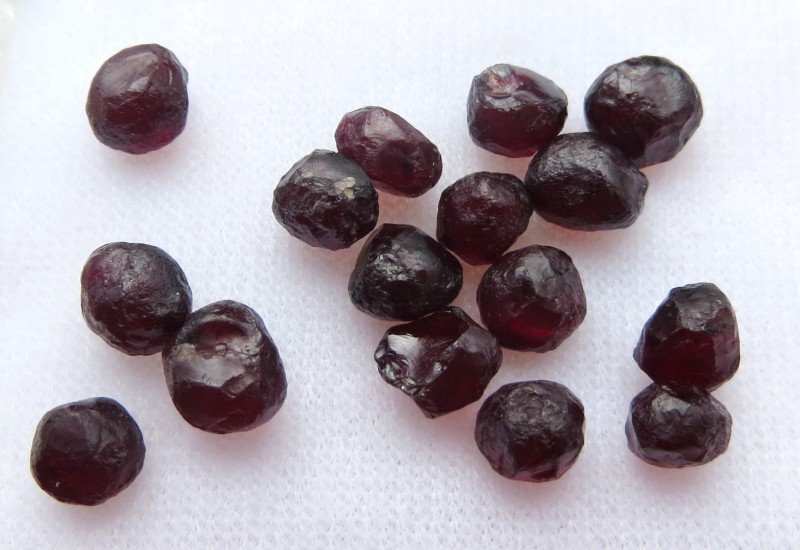
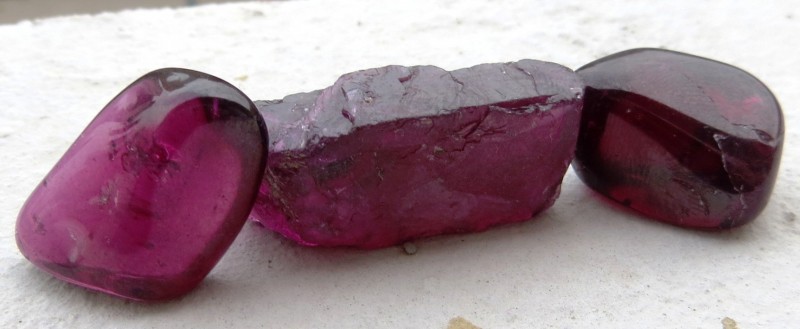
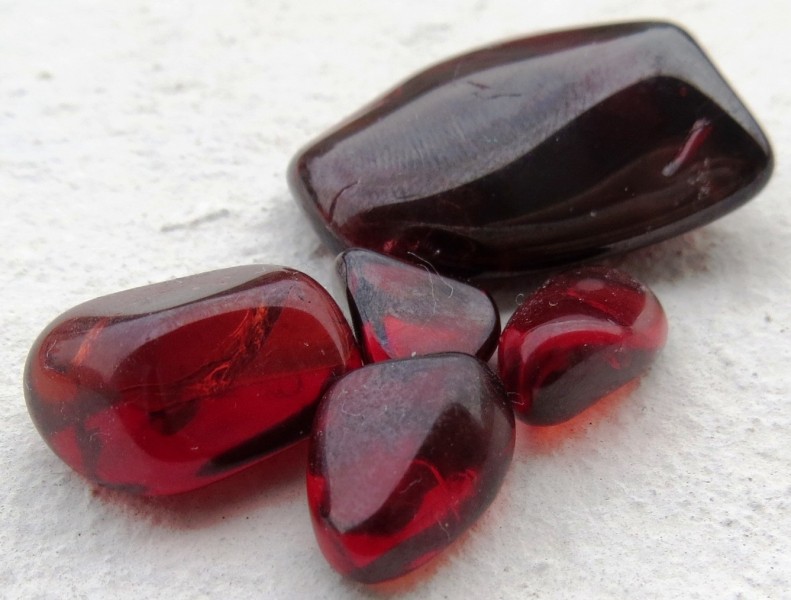
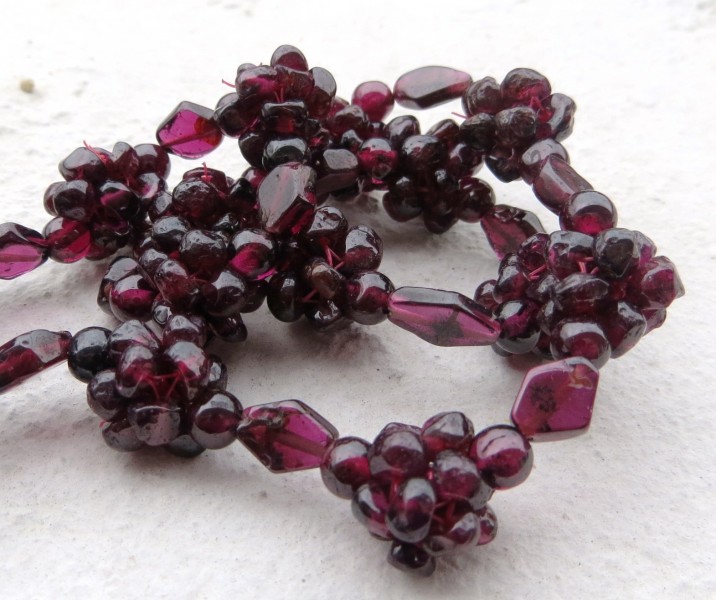
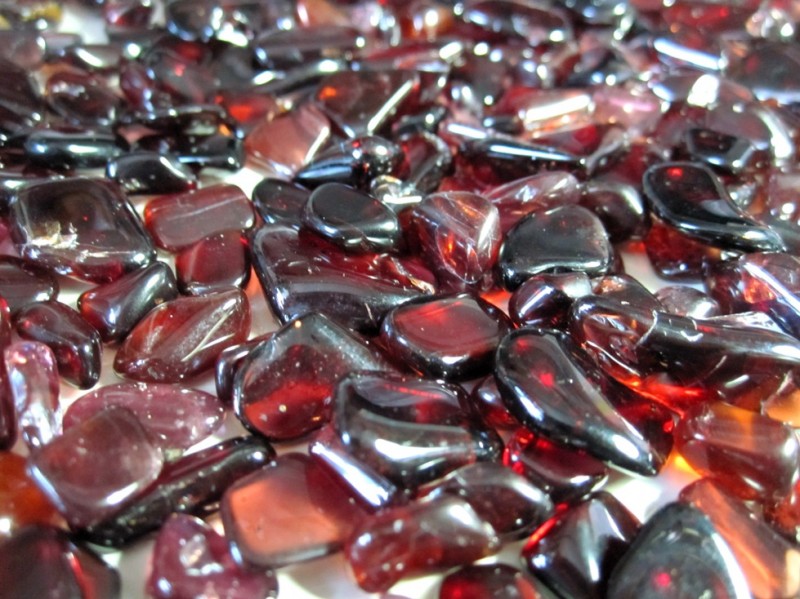
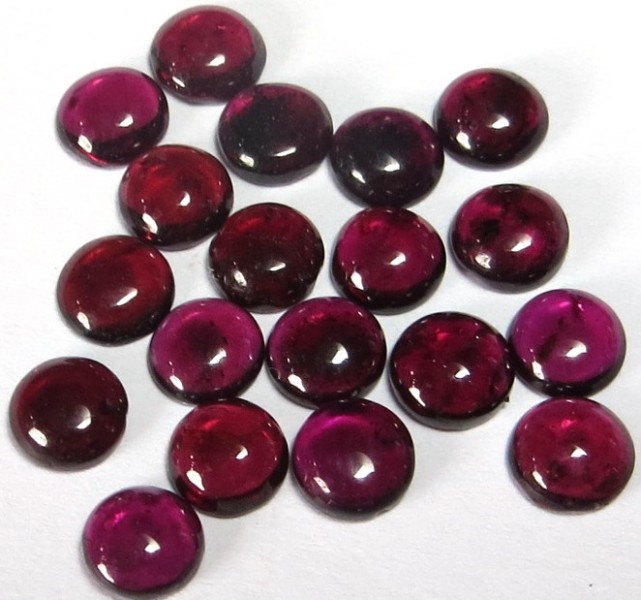
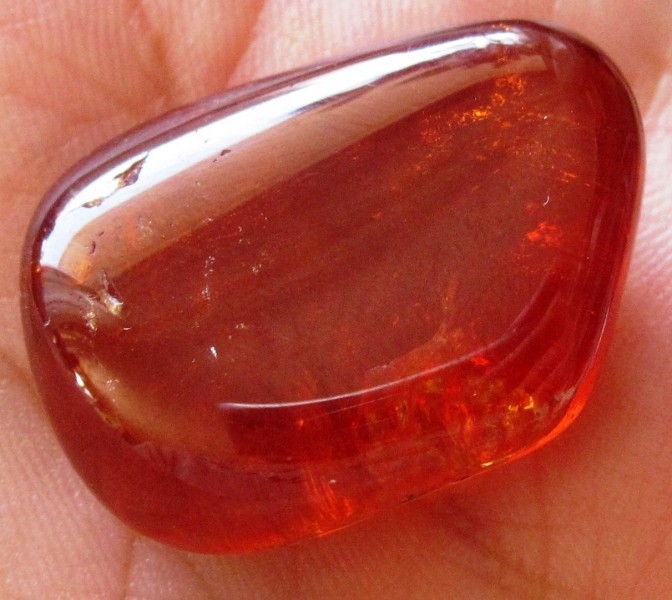
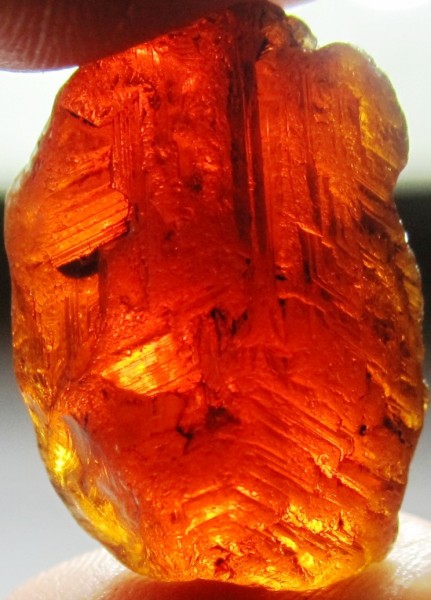
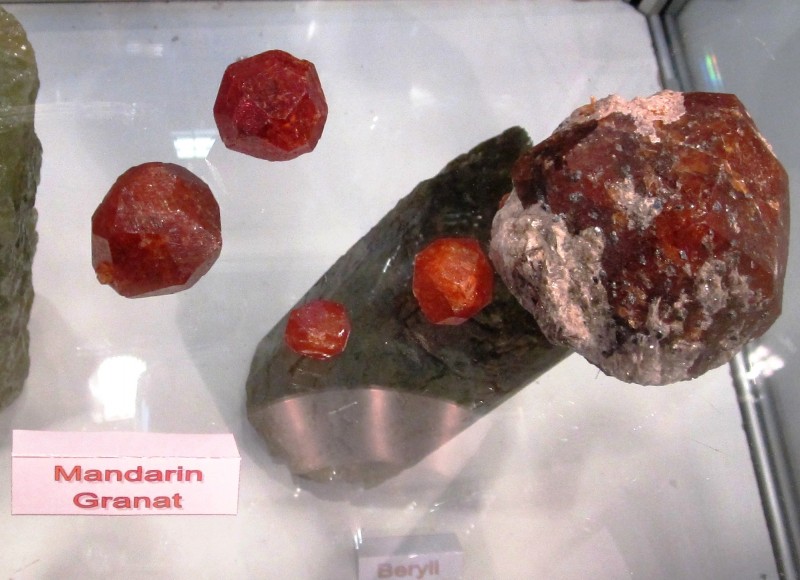
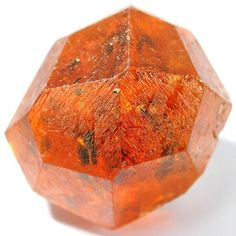
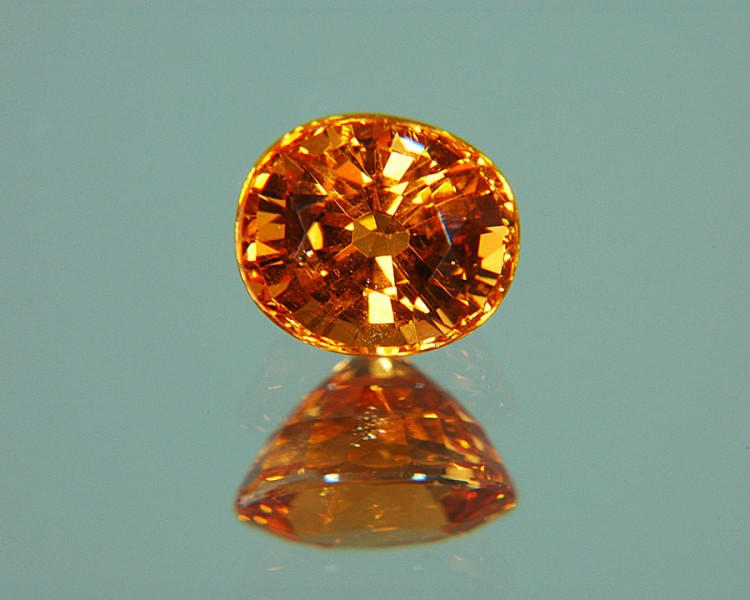
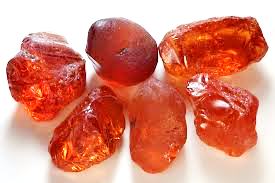
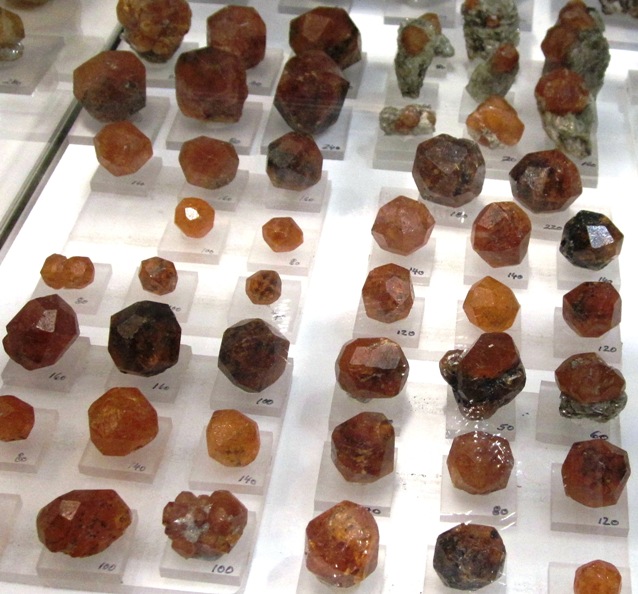
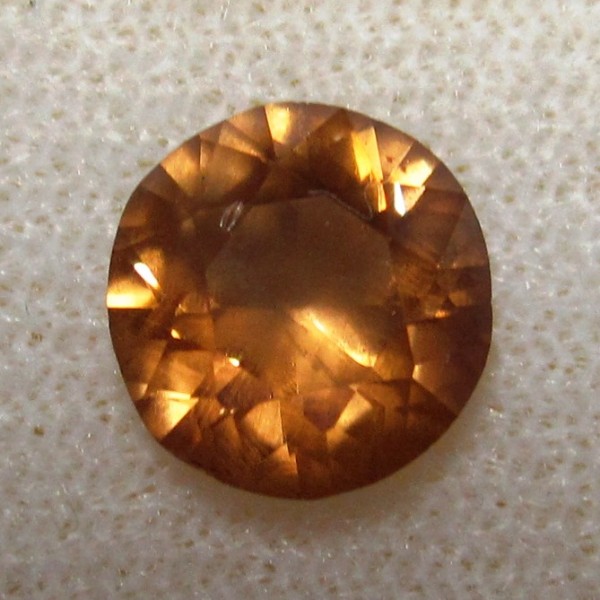
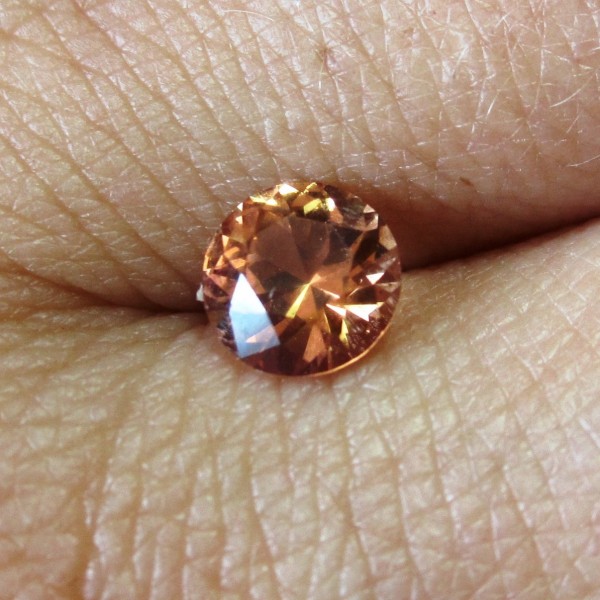
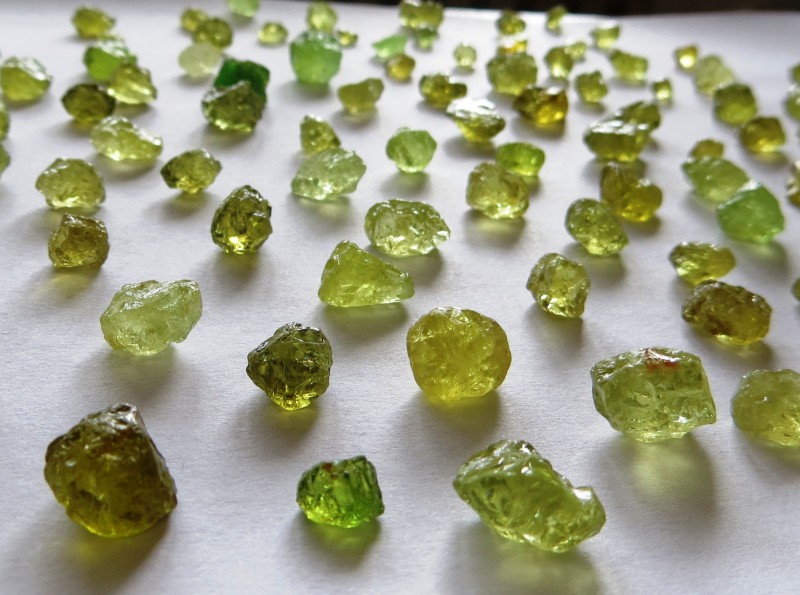
.jpg)
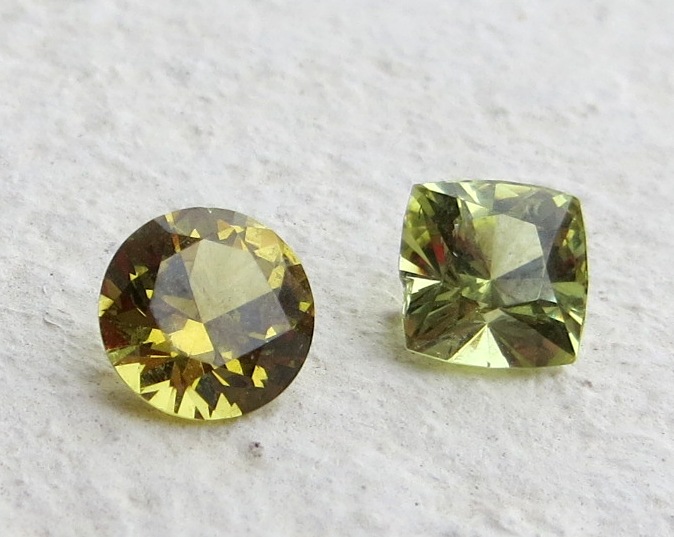
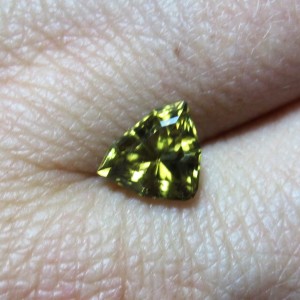
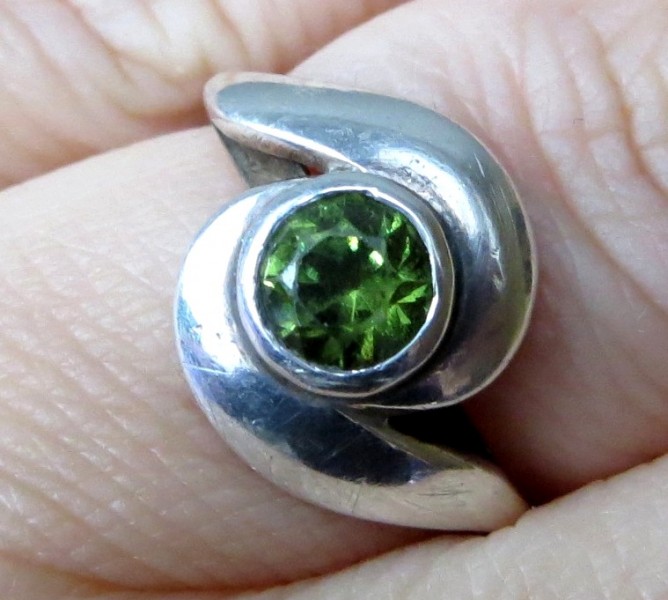
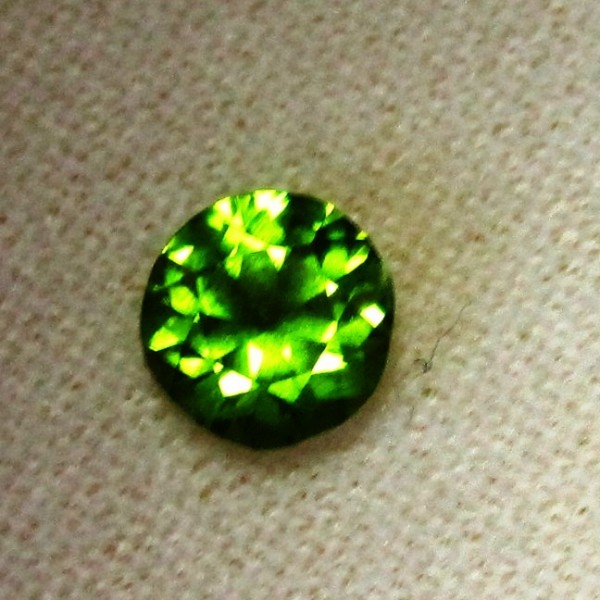
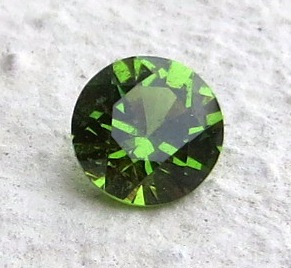
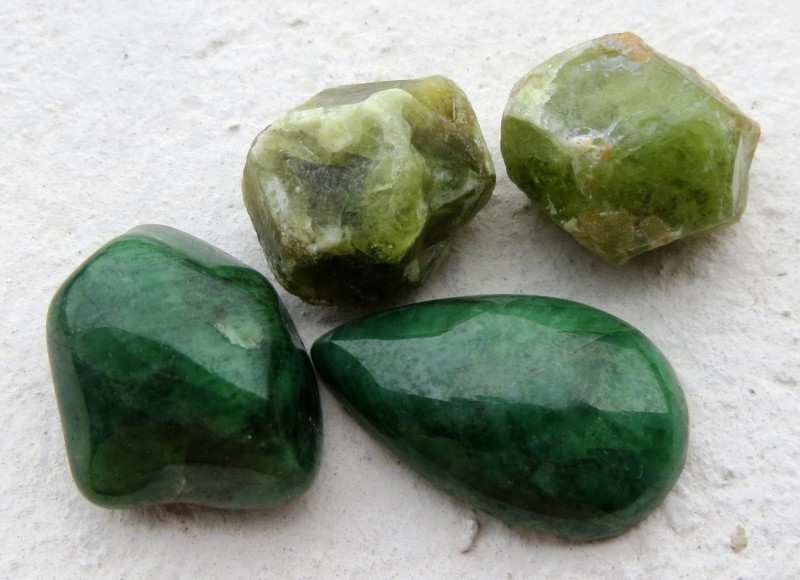
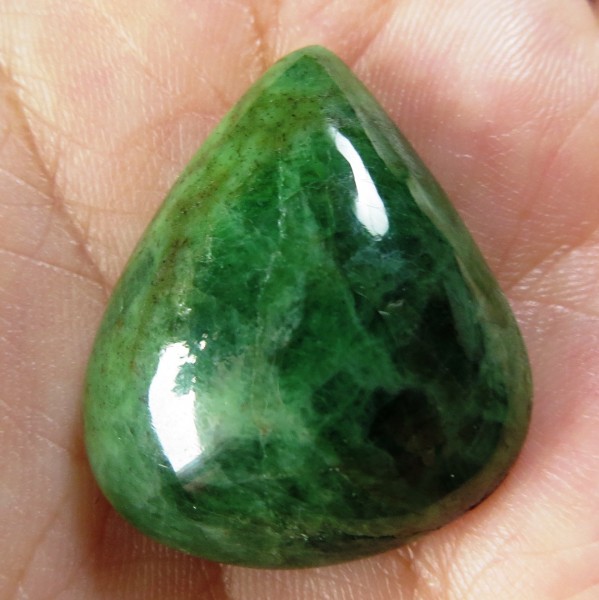
.jpg)
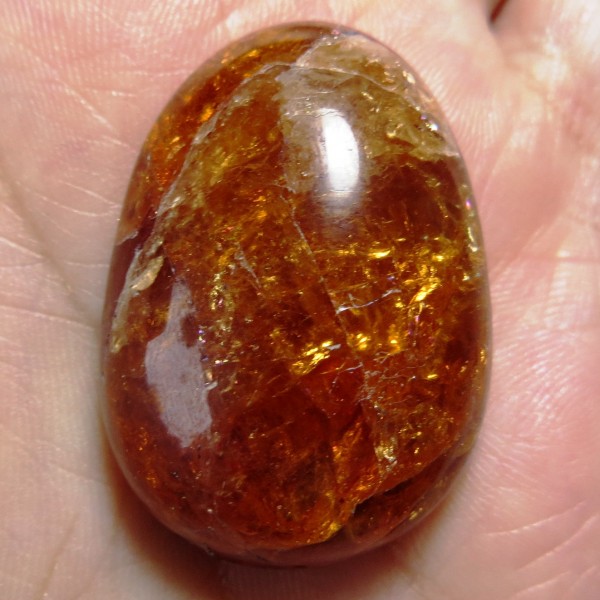
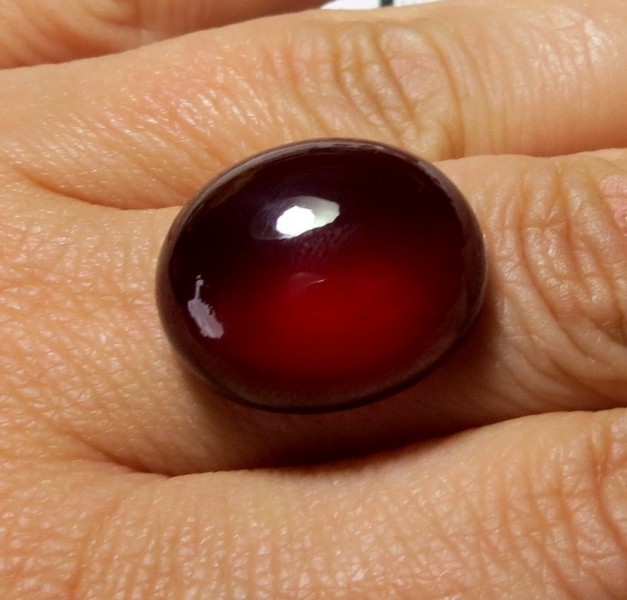
.jpg)
.jpg)
